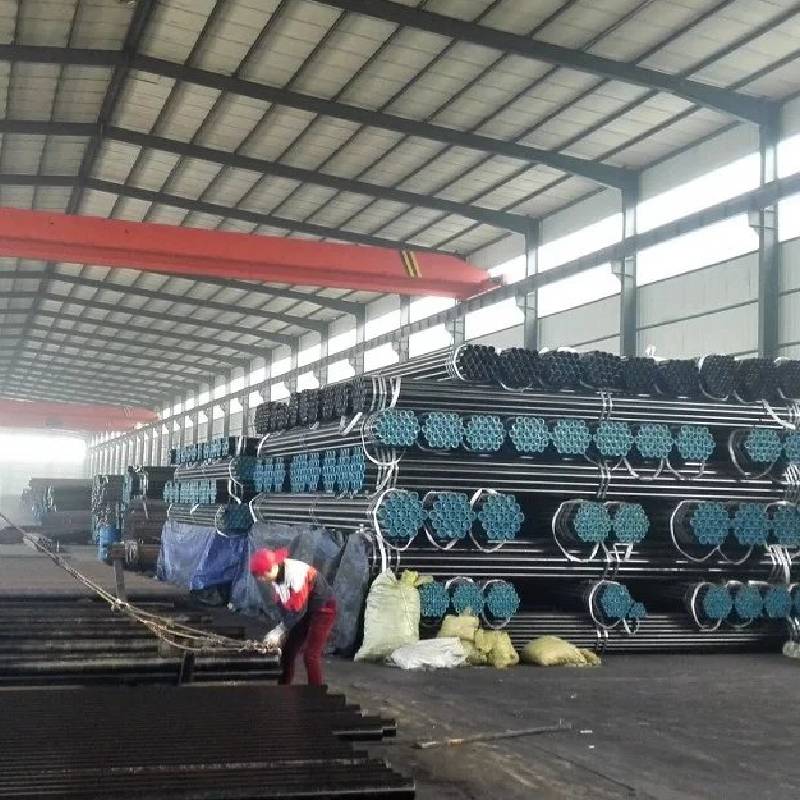-
Cangzhou Yulong Steel Co., Ltd.
-
Phone:
+86 13303177267 -
Email:
admin@ylsteelfittings.com
- English
- Arabic
- Italian
- Spanish
- Portuguese
- German
- kazakh
- Persian
- Greek
- French
- Russian
- Polish
- Thai
- Indonesian
- Vietnamese
- Zulu
- Korean
- Uzbek
- Hindi
- Serbian
- Malay
- Ukrainian
- Gujarati
- Haitian Creole
- hausa
- hawaiian
- Hebrew
- Miao
- Hungarian
- Icelandic
- igbo
- irish
- Japanese
- Javanese
- Kannada
- Khmer
- Rwandese
- Afrikaans
- Albanian
- Amharic
- Armenian
- Azerbaijani
- Basque
- Belarusian
- Bengali
- Bosnian
- Bulgarian
- Catalan
- Cebuano
- China
- China (Taiwan)
- Corsican
- Croatian
- Czech
- Danish
- Esperanto
- Estonian
- Finnish
- Frisian
- Galician
- Georgian
- Kurdish
- Kyrgyz
- Lao
- Latin
- Latvian
- Lithuanian
- Luxembourgish
- Macedonian
- Malgashi
- Malayalam
- Maltese
- Maori
- Marathi
- Mongolian
- Myanmar
- Nepali
- Norwegian
- Norwegian
- Occitan
- Pashto
- Dutch
- Punjabi
- Romanian
- Samoan
- Scottish Gaelic
- Sesotho
- Shona
- Sindhi
- Sinhala
- Slovak
- Slovenian
- Somali
- Sundanese
- Swahili
- Swedish
- Tagalog
- Tajik
- Tamil
- Tatar
- Telugu
- Turkish
- Turkmen
- Urdu
- Uighur
- Welsh
- Bantu
- Yiddish
- Yoruba

Sep . 03, 2024 04:08 Back to list
wrought buttwelding fittings
Understanding Wrought Buttwelding Fittings A Comprehensive Overview
Wrought buttwelding fittings are essential components in various piping systems, crucial for ensuring integrity, durability, and effectiveness in conveying fluids across numerous industries. These fittings are manufactured from wrought materials, which are processed through mechanical means such as forging and machining, rather than being cast in molds. This method enhances their strength and uniformity, making them highly reliable in high-pressure applications.
The primary function of wrought buttwelding fittings is to connect pipes, allowing for necessary changes in direction, size, or flow. Common types of these fittings include elbows, tees, reducers, and caps. The versatility of wrought fittings means they can be found in several industries, including oil and gas, chemical processing, water supply, and even food and beverage manufacturing.
Wrought buttwelding fittings are typically crafted from various materials, such as carbon steel, stainless steel, and alloy steels. Each material is selected based on the specific requirements of the installation environment. For instance, stainless steel fittings are preferred in corrosive environments due to their excellent resistance to oxidation and corrosion. In contrast, carbon steel fittings are common in applications where cost efficiency is more critical than resistance to corrosion.
wrought buttwelding fittings

One of the significant advantages of buttwelding fittings is the quality of the joint created during installation. The welding process produces a strong, continuous joint at the pipe's ends, which can handle high pressures and temperatures. Compared to other connection methods, such as flanges or threaded fittings, buttwelding provides a lower profile and less susceptibility to leaks, which is vital in maintaining system integrity.
Installation of wrought buttwelding fittings requires skill and precision, as improper welding can lead to joint failures. It is essential to follow appropriate welding procedures, including cleaning the surfaces, controlling the heat input, and ensuring thorough penetration of the weld metal. Non-destructive testing methods, such as ultrasonic and radiographic tests, can verify the quality and integrity of the welds, ensuring safety and reliability in the overall piping system.
Moreover, selecting the right fitting type and size is critical for both performance and safety. Miscalculations can lead to increased pressure drops, inefficiencies, and potential hazards. Engineers and designers often rely on industry standards and guidelines, such as those set forth by the American Society of Mechanical Engineers (ASME) and the American National Standards Institute (ANSI), to make informed decisions during the design and implementation stages.
In conclusion, wrought buttwelding fittings play a pivotal role in modern piping systems. Their ability to provide durable and reliable connections under various conditions makes them a preferred choice across multiple industries. By understanding their properties, advantages, and proper installation techniques, engineers can ensure the safety and efficiency of their piping systems, ultimately leading to improved operational performance and reduced maintenance costs.
Latest news
-
ANSI 150P SS304 SO FLANGE
NewsFeb.14,2025
-
ASTM A333GR6 STEEL PIPE
NewsJan.20,2025
-
ANSI B16.5 WELDING NECK FLANGE
NewsJan.15,2026
-
ANSI B16.5 SLIP-ON FLANGE
NewsApr.19,2024
-
SABS 1123 FLANGE
NewsJan.15,2025
-
DIN86044 PLATE FLANGE
NewsApr.19,2024
-
DIN2527 BLIND FLANGE
NewsApr.12,2024
-
JIS B2311 Butt-Welding Fittings LR/SR 45°/90° /180°Seamless/Weld
NewsApr.23,2024











